The challenges facing Amazon’s bold, and seriously expensive, Lord of the Rings prequel series The Rings of Power are numerous. Ever since the project was announced in 2020, many have been foretelling its downfall, which is understandable given the trials it faces.
To start with, it must cater to a wide and general audience, if it is to stand any chance of recouping the eye-watering costs which have been invested in its production. Second, it will be constantly compared to the much-loved Peter Jackson trilogy and finally, lest it suffer a backlash from fans of the source material, it must respect the literature of arguably the greatest fantasy writer of all time, J. R. R. Tolkien. No pressure. Now that the first two episodes have been released, we look at some of the best and worst aspects of the new series so far.
10 BEST: Cinematography And Attention To Detail
The first thing that hits you about The Rings of Power is the astounding production value. The cinematography is simply stunning; the fidelity of the characters rich. The detail of the costumes is exquisite, and the lighting effects are breathtaking from the very first minute.
Everything about it has been crafted with care and, visually, it instantly resembles the amazing world Peter Jackson created in the original trilogy, all against the backdrop of a wonderful musical score, composed by Bear McCreary.
9 WORST: Snow Troll Fight Sequence
When our nine heroes encountered a cave troll in Lord of the Rings: Fellowship of the Ring, it was bad news indeed. The fight to take it down was gritty and difficult, requiring the collaborative effort and combined fighting styles of the fellowship to defeat it.
In The Rings of Power, the snow troll fight sequence bears nothing of this group dynamic; there is no sense of individuals working together against overwhelming odds. First, the troll effortlessly swats away the elven soldiers like flies. Then Galadriel draws her sword and easily dispatches the snow troll after several stylish flourishes, which are more reminiscent of The Hobbit trilogy’s excessively fanciful combat sequences. Why must there be such a gulf in combat skills between Galadriel and her fellow elves?
8 BEST: The Scale Of The World
The first job of The Rings of Power is to introduce the viewer to the vastly different parts of the realm, including the Undying Lands beyond The Sundering Sea (or Belegaer for fans of the books), and the scale on which this is done is awe-inspiring.
Using beautifully crafted map sequences, which fade delightfully into the real landscapes, the viewer is transported across the world, revealing never-before-seen corners and frontiers. The backdrops are vast and stunning, and the epic battle sequence between the elves and Morgoth’s forces at the beginning of Episode 1 is nothing short of jaw-dropping cinema.
7 WORST: Unnecessary Lore Tweaking
The source material for The Rings of Power is taken from Lord of the Rings and its appendices and, as such, Amazon has been given a certain degree of freedom to establish its own events. But the writers must be very careful that, in doing this, they do not meddle with already established lore.
Sadly, the series has already shown signs of this. In the books, Galadriel had already rejected the opportunity to voyage back to Valinor at the end of the First Age, when Morgoth’s forces were defeated. As a result, Gil-Galad could not have sent her back during the Second Age, rendering the entire golden ship plot line obsolete.
6 BEST: Nori And The Harfoots
A much-loved aspect of Tolkien’s works were the hobbits, a simple folk who lead modest lives and are happily ignorant of world events. In contrast to this, are the halflings who share the bloodline of the, rather more adventurous, Belladonna Took (Bilbo Baggins’ mother).
This element is reflected really well by the introduction of the Harfoots, a traveling folk and distant ancestors of the hobbits. The main Harfoot protagonist, Nori, represents the strongest link between the morality and ethics, which were a central pillar of Tolkien’s work, and this latest cinematic interpretation.
5 WORST: Awkward Pacing
Perhaps a necessary consequence of introducing characters and the world they inhabit; the pacing of The Rings of Power seems a little haphazard at times.
Certain scenes are over in a flash, leaving the viewer wanting a lot more (like during the battle with Morgoth, when a Fellbeast sets alight a giant eagle before flinging its fiery carcass into a mass of fighting Elves and Orcs, wow!), while other sequences feel a little over embellished, dragging on a touch longer than they should.
4 BEST: The Dwarves & Khazad-dûm
The homeland of the Dwarves has been executed perfectly, capturing the scale of Khazad-dûm, as alluded to in Lord of the Rings: The Fellowship of the Ring when the fellowship enters the Mines of Moria, and bringing it to life with a bustling dwarven community.
The underground kingdom is wonderfully created with thoughtful details such as plants growing under shafts of light and huge mechanical lenses projecting sunlight where required. Durin and his fellow dwarves are crafted with love and care, and the rock-breaking sequence with Elrond is great fun.
3 WORST: Key Aspects Seem Distinctly Un-Tolkien
This is perhaps the aspect for which The Rings of Power will receive the most criticism. The Lord of the Rings was centered on morality. The gap between good and evil was significant, with relatively clear boundaries set between the two, and the characters’ primary motivations were derived from this.
In The Rings of Power, the ethical scale is more nuanced, and many of the characters sit somewhere closer to the middle of the spectrum. This was something which worked incredibly well for George R. R. Martin in his A Song of Ice and Fire series, offering scope for huge twists and turns and surprising character redemption arcs, but is something which is likely to jar against Tolkien’s literature.
2 BEST: Galadriel (The Warrior)
Morfydd Clark’s interpretation of Galadriel as an elf-warrior is fantastic. She looks the part in her elven armor, sword slung across her back and braided blond hair across her shoulder, and is utterly convincing in her steely determination, as she traverses an icy cliff in search of Sauron, her bitter foe.
We know from the source material that Galadriel spent much of the Second Age engaged in battle with Sauron and hence, this depiction of her sits well. Despite criticism from some corners about the authenticity of female warriors in Tolkien’s works, the author was very capable of writing strong female characters (see Eowyn).
1 WORST: Galadriel (The Protagonist)
While the depiction of Galadriel as a warrior has been executed brilliantly, the use of her as the main protagonist is problematic when viewed through the lens of established lore, and raises a number of troublesome questions. Where is her husband Celeborn and their daughter Celebrían, who would have been born in the early centuries of the Second Age?
Likewise, the relationship between her and the Elven High King, Gil-Galad, doesn’t ring true. Galadriel is thousands of years older than Gil-Galad and, as the only surviving member of the Noldorin leaders who left Valinor for Middle Earth, she would have been treated as an elder and would likely have been austere and commanding, not a plucky and rebellious youngster of low standing, as depicted in the show.
Such is the size of the discrepancy between Galadriel in the series and the one from Tolkien’s works that it begs the question, did the main protagonist of the show have to be Galadriel at all? Given the free rein that Amazon has with the project, would they not have been better advised to pick a different elven warrior-princess (or create one) and avoid the inevitable clashes with the source material?


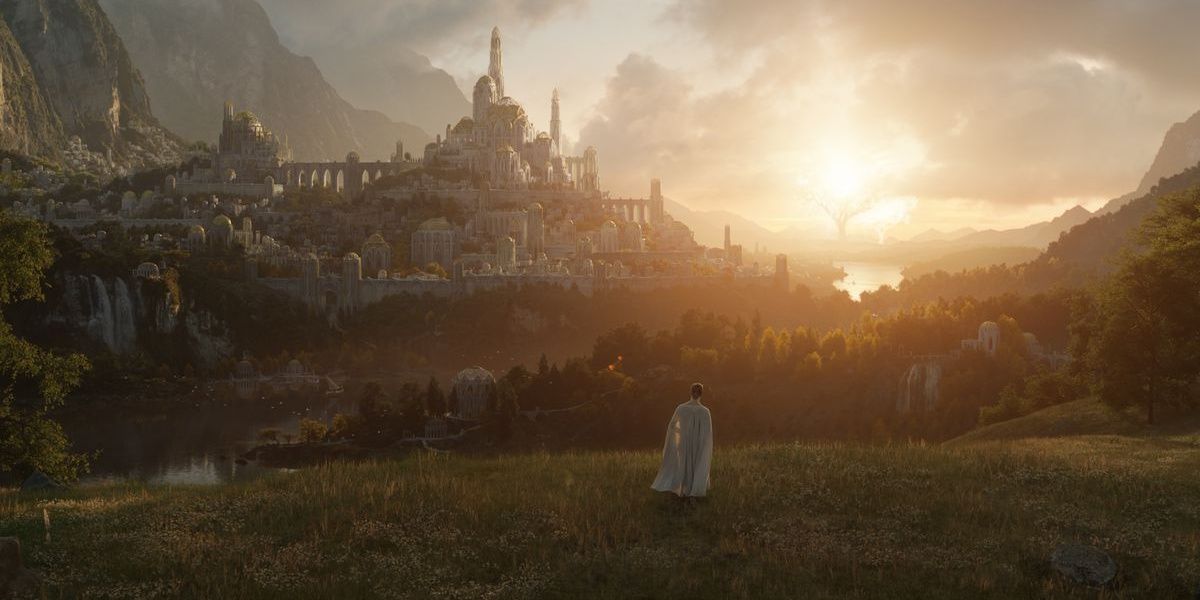
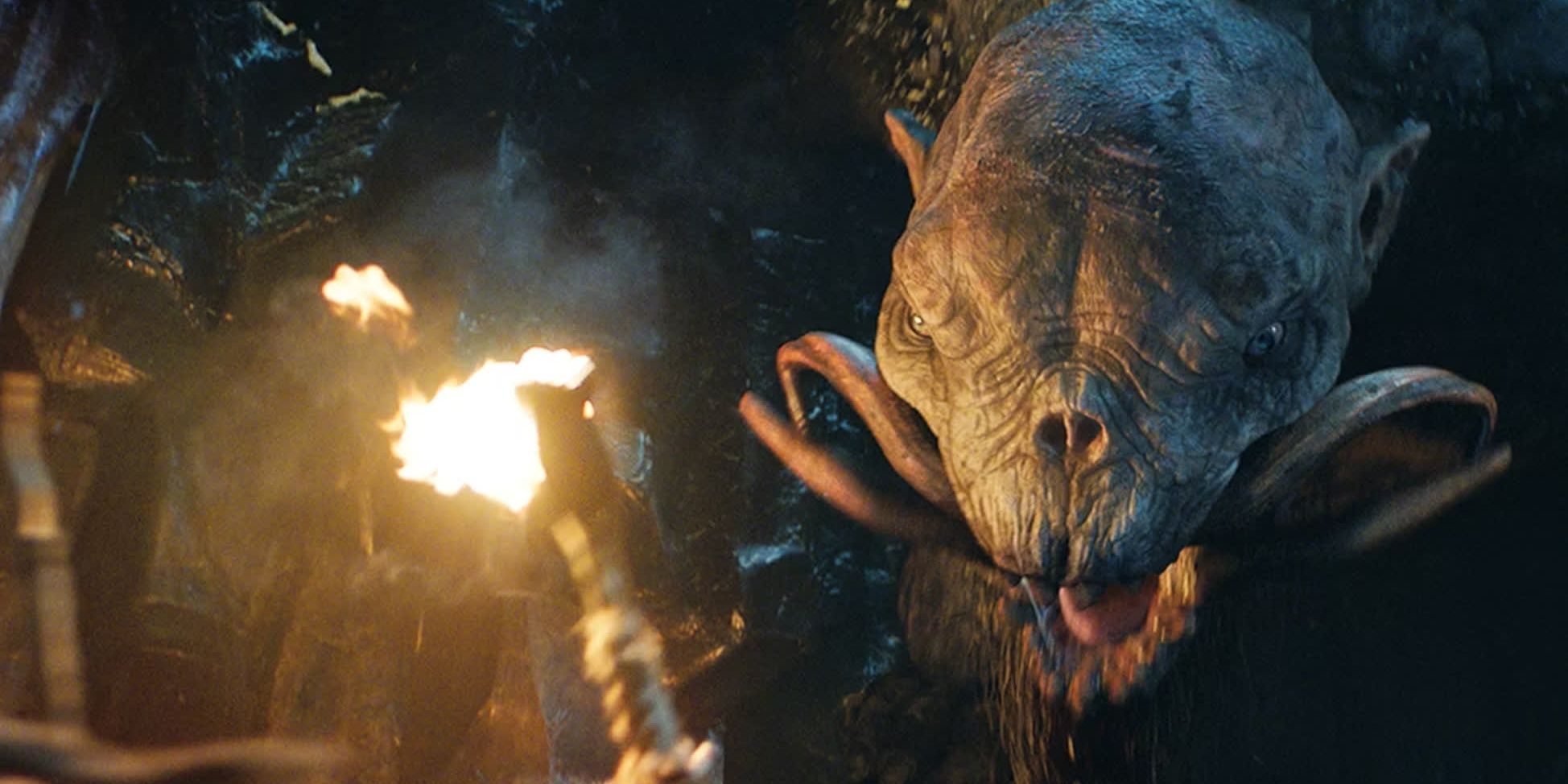
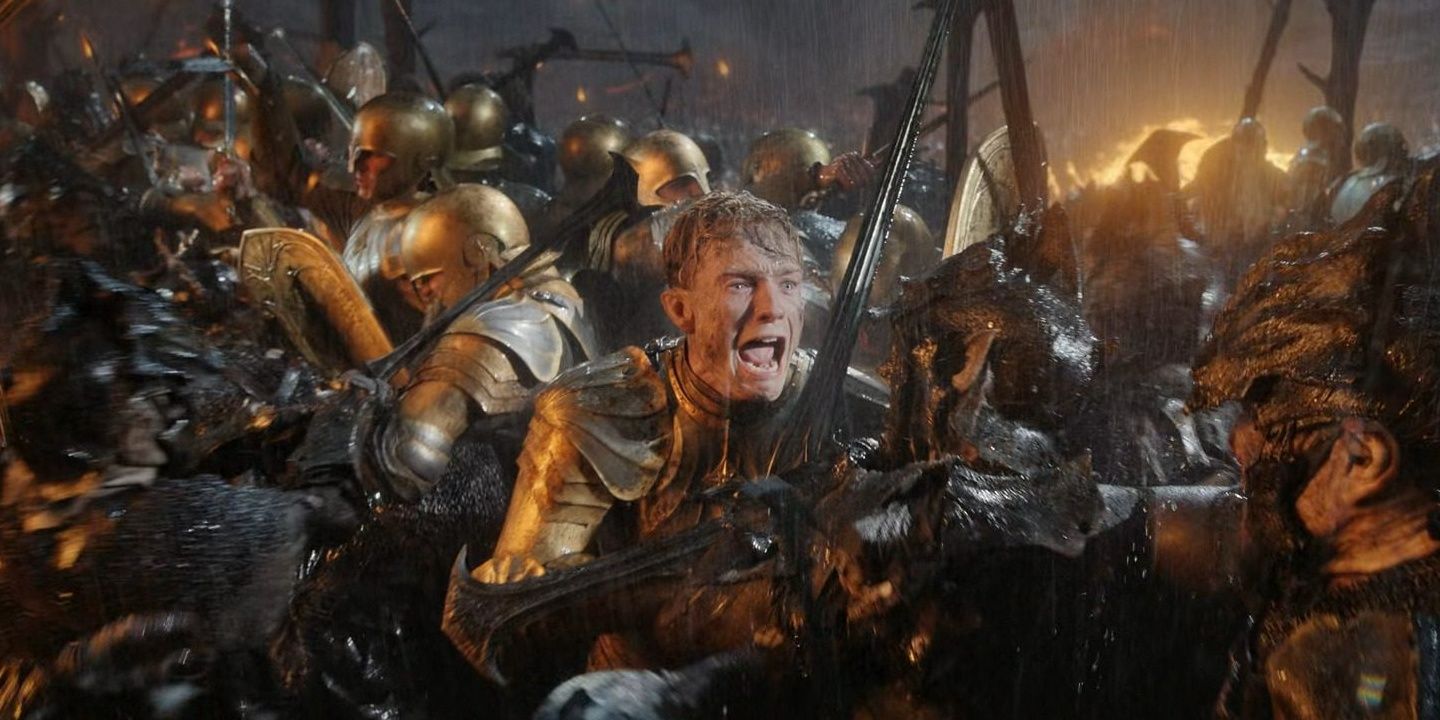
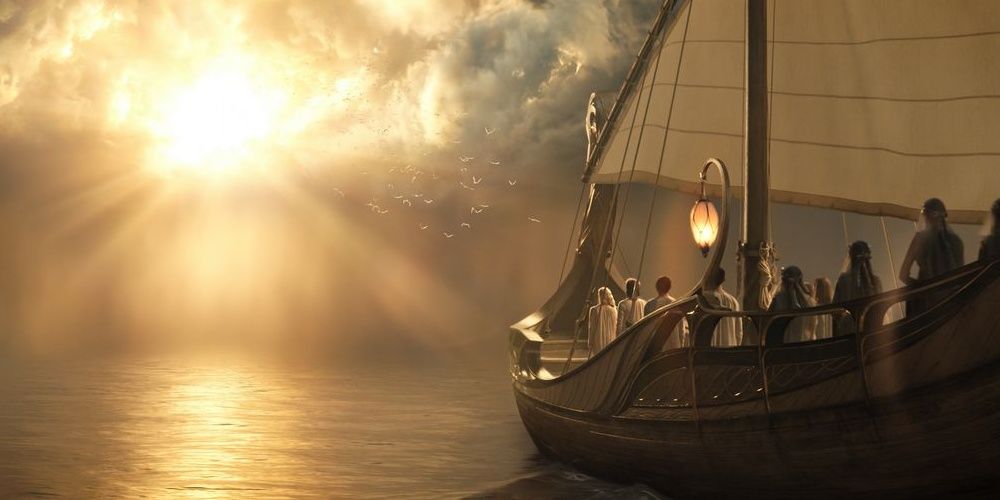
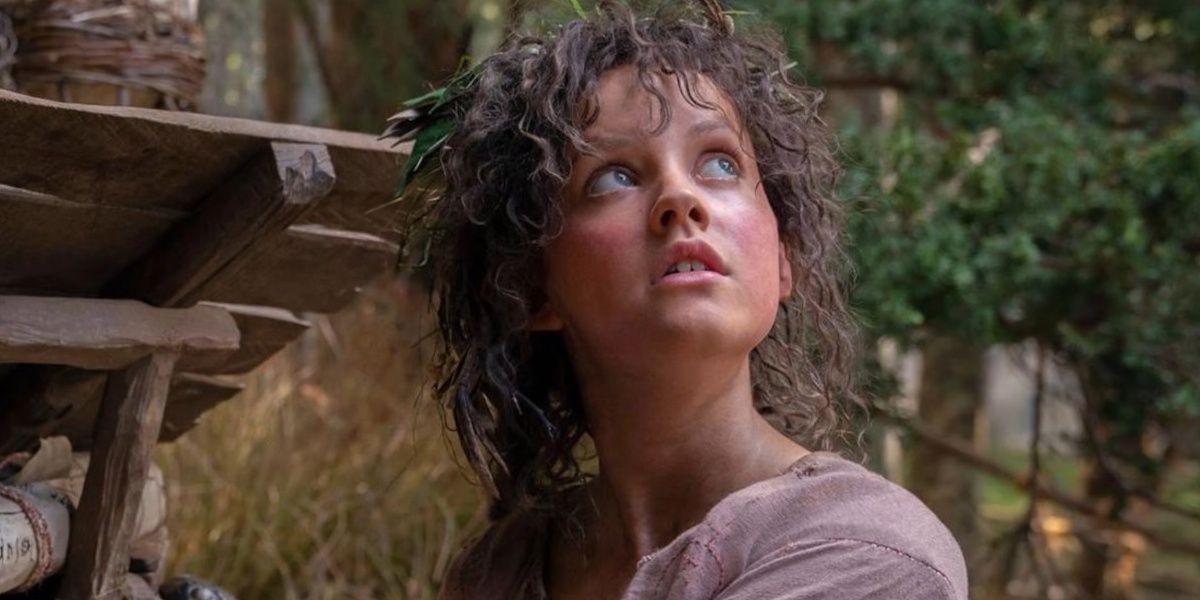
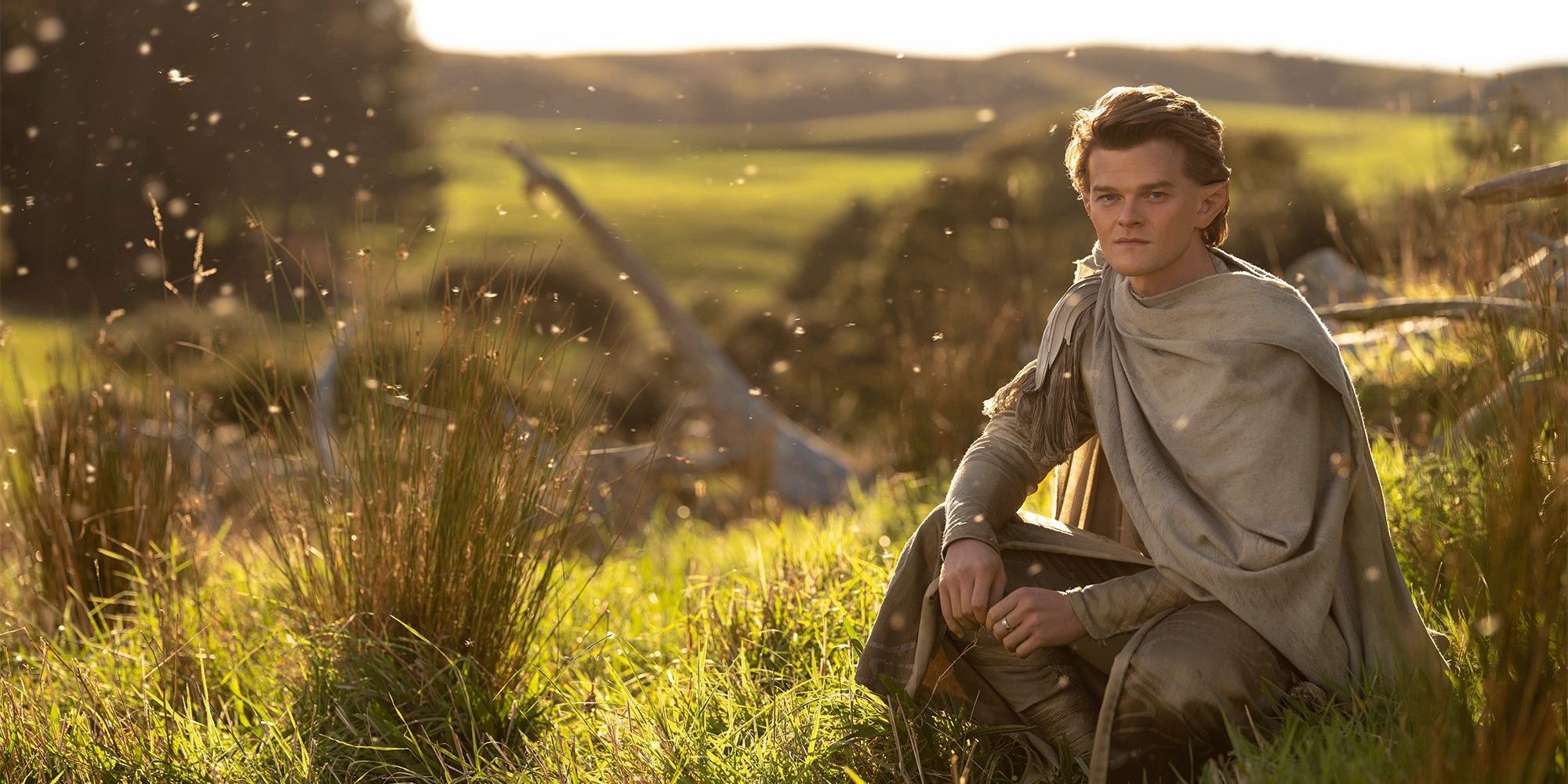
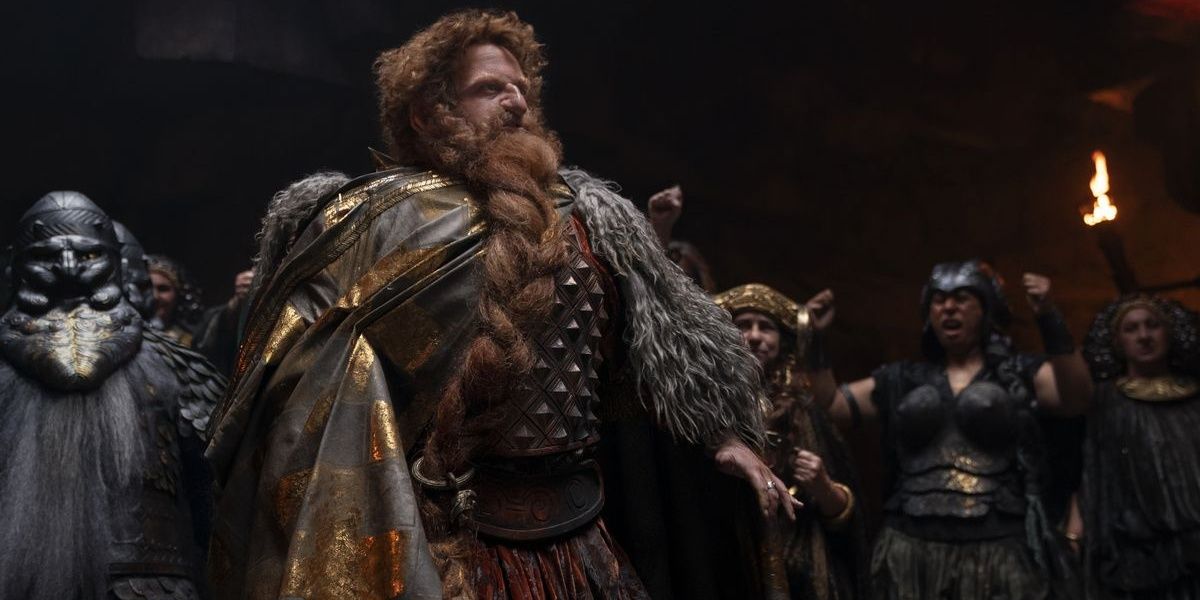
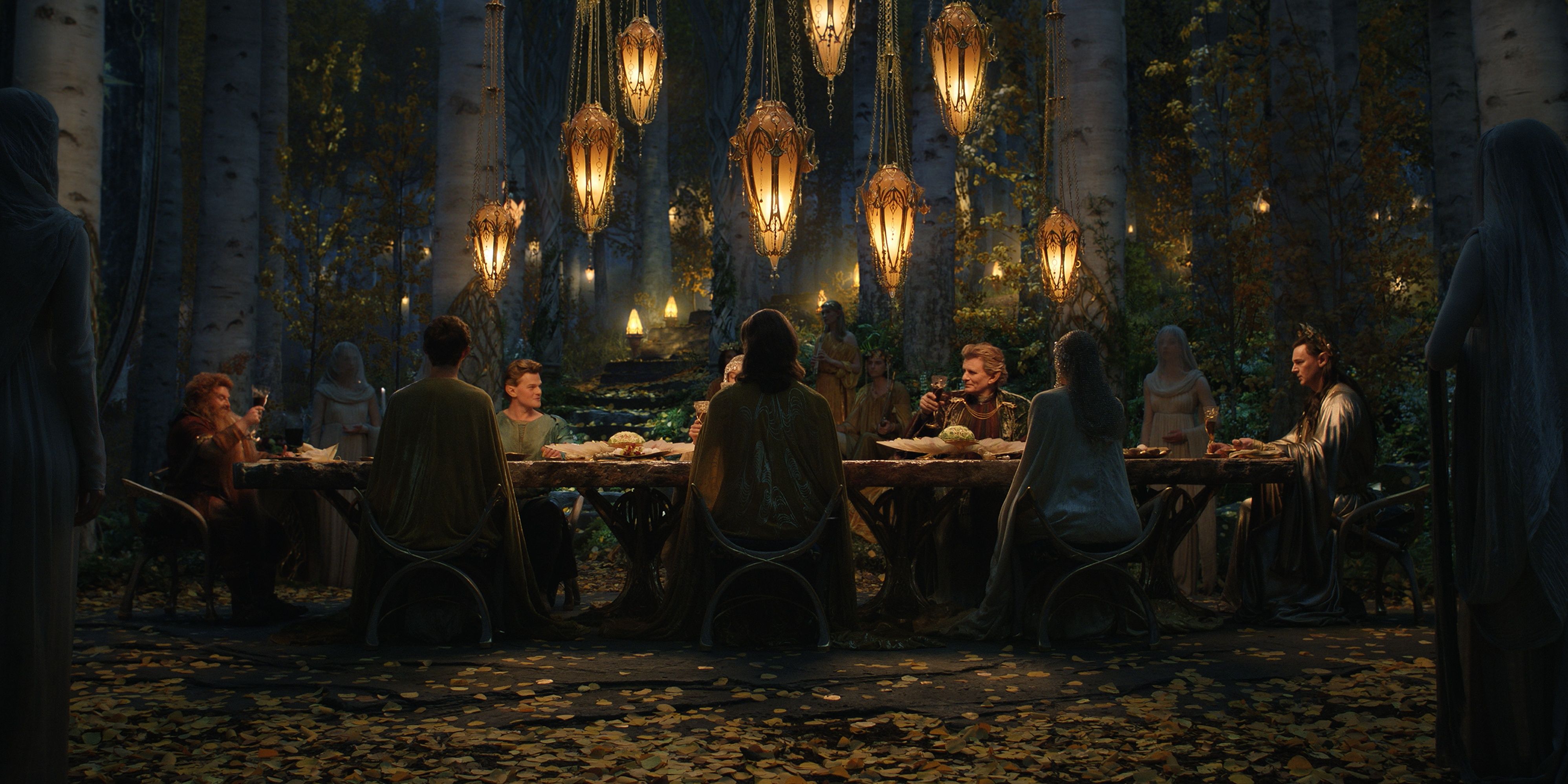
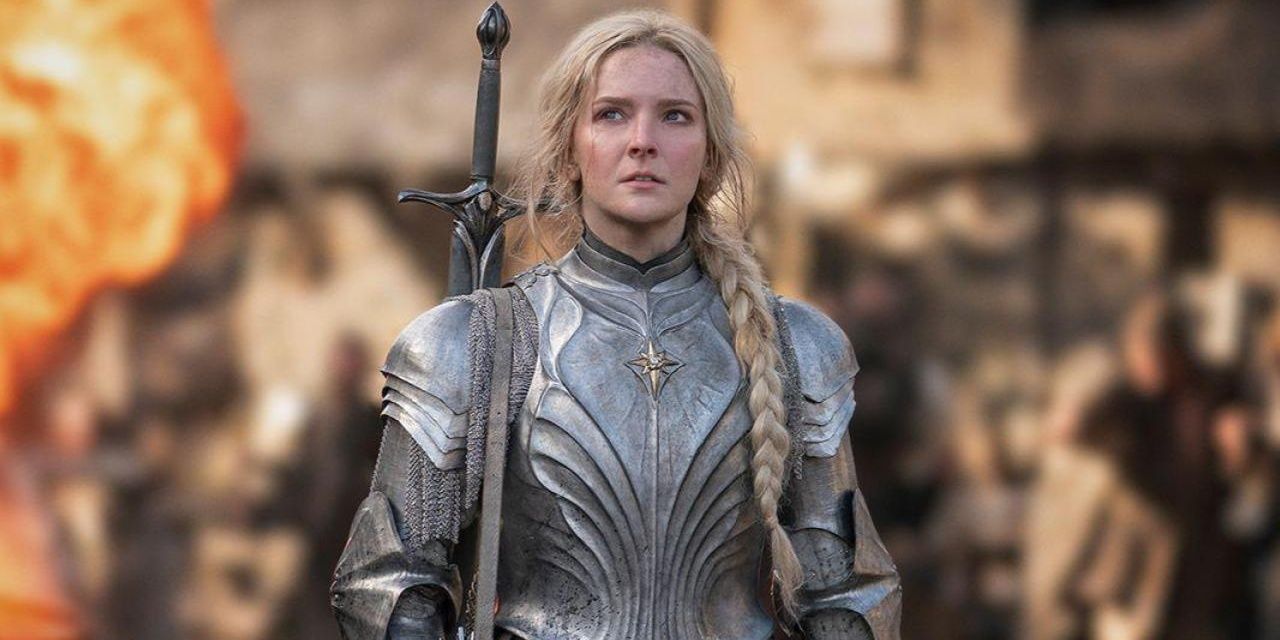
.jpg)